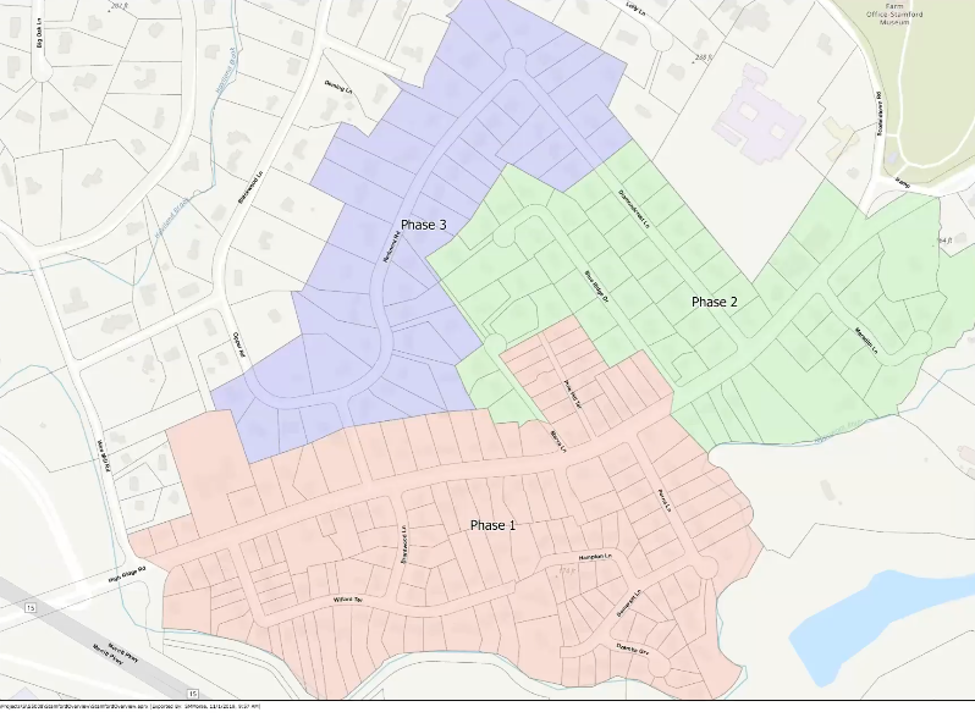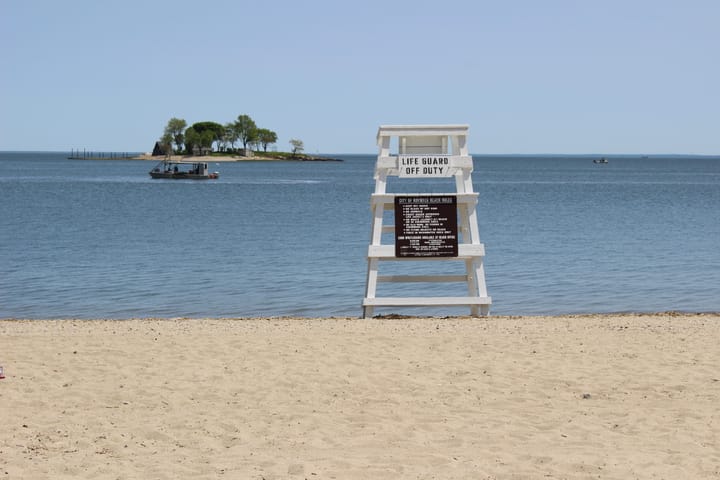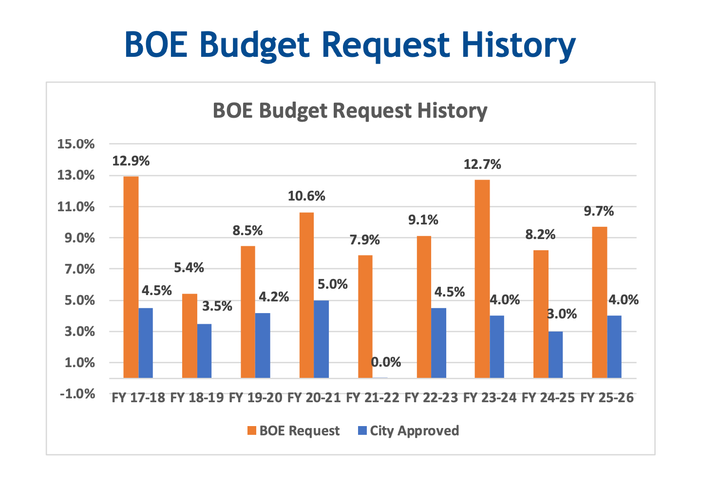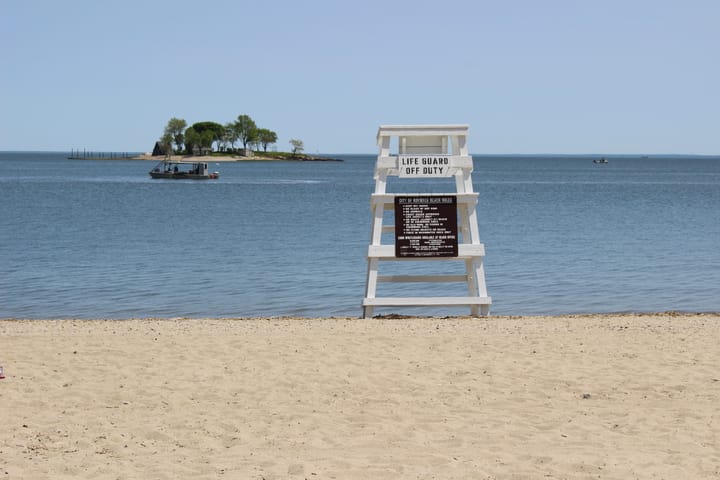Stamford Sewers to Provide Benefits to Neighborhood, Region
Planned sewers for the Perna Lane neighborhood in Stamford will benefit residents of that area—and Southwest Connecticut.

For many residents along Perna Lane in Stamford, the Water Pollution Control Authority’s decision to provide city sewers to their properties is a long time coming.
“This has been going on for a long time—before I moved into the neighborhood,” resident Nick Tamburro told the Board of Finance in December. “This is something we need desperately.”
A combination of need, persistence, and timing brought the residents and the city to this point. On Thursday, January 19 at 7 p.m., the city’s Water Pollution Control Authority (WPCA), the body responsible for wastewater treatment in the city, is hosting a public meeting to present the plans for Phase 1 of the Perna Lane area sanitary sewer project. Let’s take a look at the current plans as well as a look back at how we got here and what this means for the neighborhood—and the whole region.
Check out our informational video on the Perna Lane Sewer Project.
Why the WPCA is Pursuing Sewers for Perna Lane
Almost all of North Stamford uses septic systems, instead of city sewers, to treat their wastewater. For many property owners, this can be preferable as septic systems are often cheaper to install and can require less energy since sewage doesn’t have to be pumped miles away.
However, when a septic system starts to fail, it can cause a lot of problems for the people who use it, such as backups, overflows, contamination, and more. That’s part of what’s happening in the Perna Lane area. As shown on this map, created by the WPCA, the properties in red have failing septic systems. The ones in yellow are in danger of failing, while the green systems are in good shape.
What complicates the matter for these properties, according to residents and WPCA officials, is that because the properties are small—some less than half an acre—there’s no room on site to replace the failing system, leaving the property owners stuck.
Martina Teply, who lives in the area, told the Board of Finance that this was the case for her home.
“We’ve been promised the sewers, and we face a number of major problems with both tanks on our property,” she said, adding that one failed and they reported it to the health department, which was unable to come up with a solution for them because the lot is “too small—a new septic system will not fit.”
She said that they’ve tried to schedule extra pumpings to mitigate the issues, but that water from the septic system “was running to the river.”
Teply and other property owners said that they had been promised sewers for awhile, but they haven’t moved forward until now.
History of the Perna Lane Project
Ann Brown, the supervising engineer, also acknowledged to the Board of Finance that “this project has been around for a long time.”
“We did bid this project before,” she said, adding that “the bids came in very high.”
One of the reasons was that the project was initially designed with very deep sewers that required the contractors to dig into rocks, which “made very difficult construction, very slow construction,” according to Brown. The WPCA rejected the bids because they were too high, and asked a consultant to come up with some alternatives for the project.
In 2019, those initial alternatives were presented to residents and they were met with a mixed bag, so Brown said that the WPCA then decided to survey the residents around February 2020—right around when COVID started to hit the area—to see if they should move forward with the project. They only received about half back, and of that about half said they were in favor.
“The WPCA put the project on hold,” Brown said.
But residents, including Brian Teitelbaum who led many of the efforts, asked the WPCA to reconsider because they believed the area needed sewers.
“A growing number of people are out of options,” Teitelbaum told the Board of Finance. “The septics are old, antiquated, and failing at a concerning rate.”
Brown said that the WPCA gave them a threshold—two-thirds of the residents had to say they were in favor of the project, since hooking up the houses to sewers is going to cost each of them about $20,000+ depending on the number of bathrooms in their house.
In April 2022, the residents in the Phase 1 section of the project—the area with the most failing tanks and smallest lot sizes—returned their survey results to the WPCA with 68% saying they were in favor of sewers in the neighborhood, so the authority decided to move forward with plans for the area.
Current Plans for Phase 1
After the residents said they were in favor, the WPCA asked engineering firm and consultant Tighe & Bond to evaluate alternative options for sewers in the phase 1 area.
“We asked them to raise the sewers out (of the deep rock) to make construction a little easier,” Brown said.
Plans for the new proposed sewers, including design, engineering, and construction are estimated at $8.1 million for the city, down from the $14+ million bids the city received a few years ago when it bid this project. The proposed plan would service the first floor and above, so if a house has a basement bathroom, it would have to be pumped up to connect with the sewers.
Brown said that they’re hosting the public meeting on January 19 to give residents an overview of the project. The plan is to get design drawings ready this spring, award the contract to do the project, and then start construction in fall 2023. The proposal would also include adding a pump station to the area.
City officials have voiced support for the Phase 1 section of the project due to the fact that the majority of residents support it, and due to the public health concerns caused by the failing tanks.
“My distinction on this one is that we’re running public sewer because we have a public health problem—we’re not running it for more convenience,” said Richard Freedman, chair of the Stamford Board of Finance.
Freedman said that he would definitely not support Phase 3 of the project—if it was to come before the board.
“Phase 3 consists entirely of green lots,” he said. “Not only are you not proposing it tonight, I won’t support it at any time…in that case, public sewer is just a convenience and a cost saver,” he said.
Board of Finance member Geoff Alswanger agreed with Freedman, but said that Phase 1 was a necessity for public health.
“My heart goes out to the folks who are dealing with this, trying to remedy this,” he said. “Their land is going to get more devalued if there’s not a solution.”
Public Health Concerns
One of the biggest reasons residents and city officials are trying to resolve the septic challenges are because of the public health challenges posed to the residents who live in this area, and to the region as a whole. Many of the properties back up to the Rippowam River, which flows into Stamford Harbor and then eventually the Long Island Sound.
“The river is behind our property,” said Michael Lepeltier, a resident in the Phase 1 area. “If the septics fail, that would create major pollution in the river.”
Resident Maria Venneri told the Board that “it is hard to believe in the year 2022, we have people living in Stamford that are forced to be exposed to the wretched smell…the health risks of sewage in their yard.”
Because the river flows into the Harbor and the Long Island Sound, the impacts on water quality in the region could be costly if many of the tanks were to fail and the sewage drains into the river. That’s why residents said they would like to see the sewers put in as soon as possible.
Next Steps
The WPCA has committed to moving forward with the first phase of the project, since that area has the most need and most support. WPCA officials have said that they would require the same two-third limits for future phases of the project, although, as noted, elected officials that approve the funding for these projects have said they would not support some of the future proposals.
To learn more about the Phase 1 plans, residents are invited to attend the virtual meeting on Thursday, January 19 at 7 p.m.



